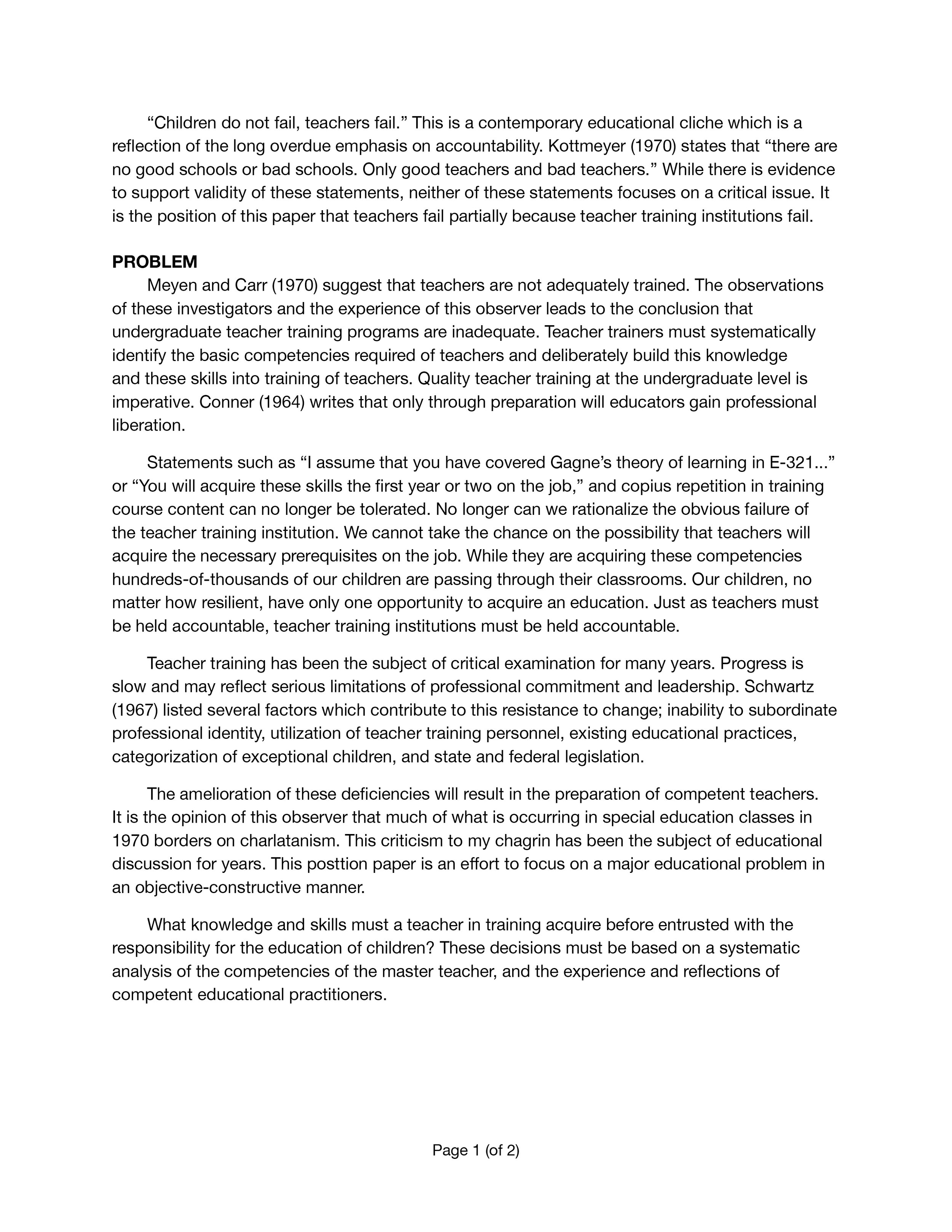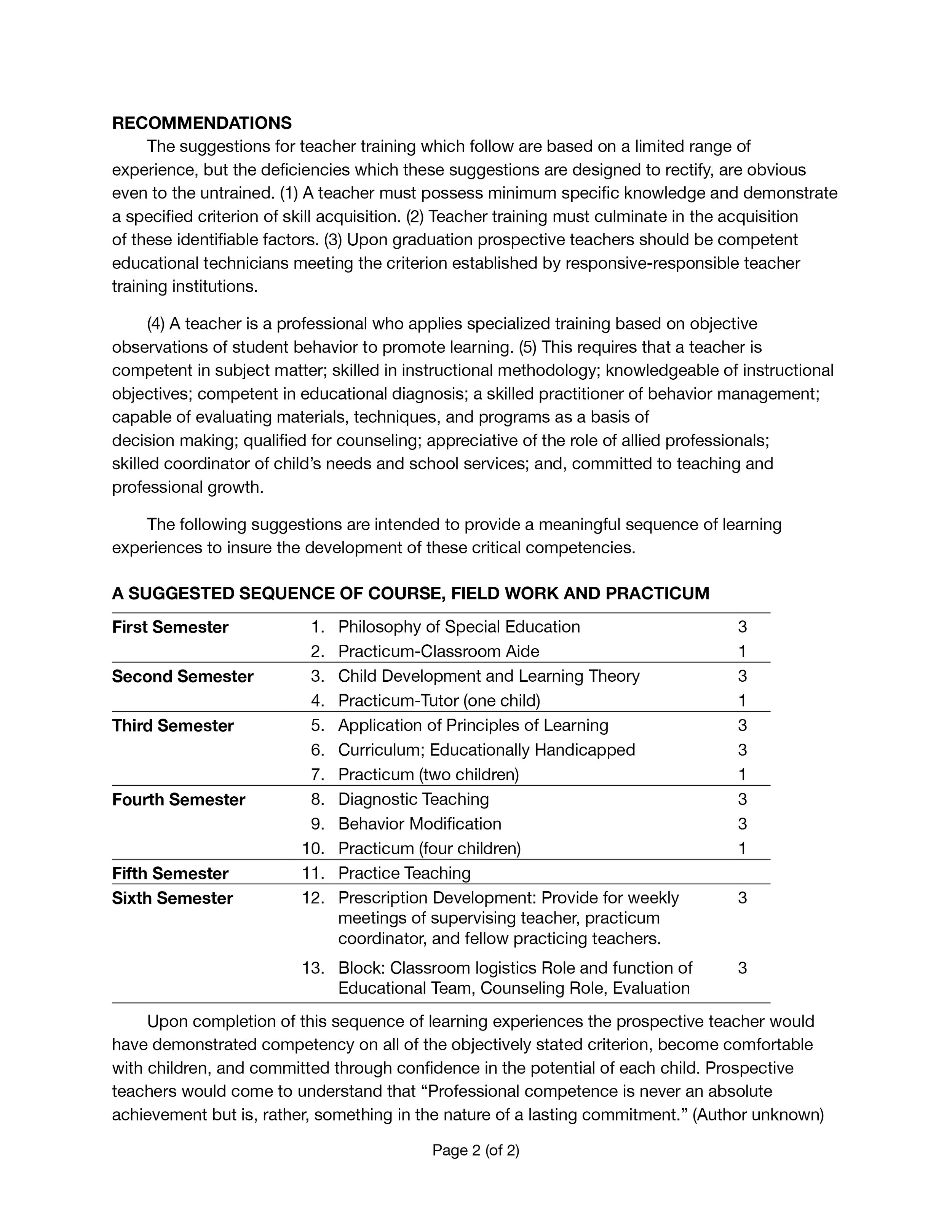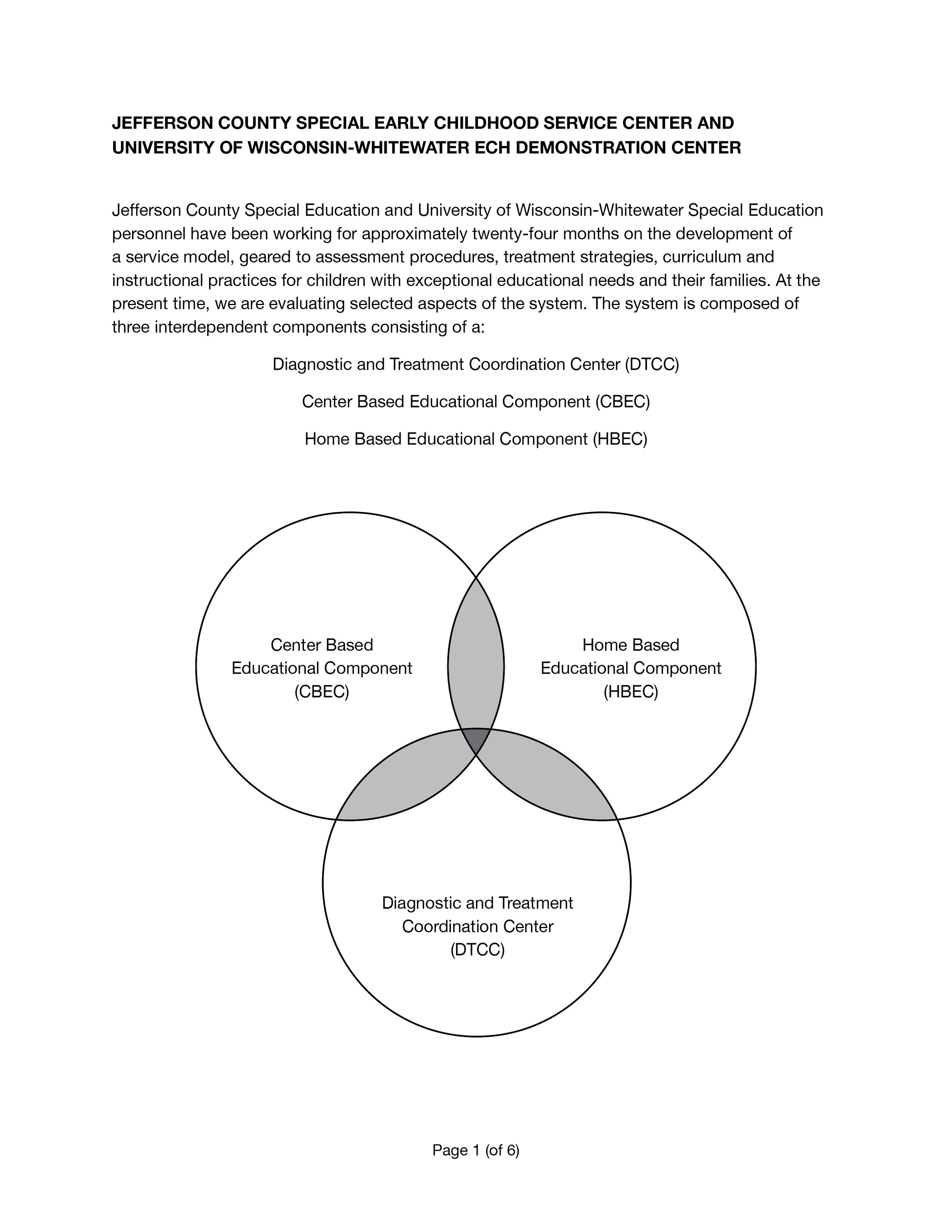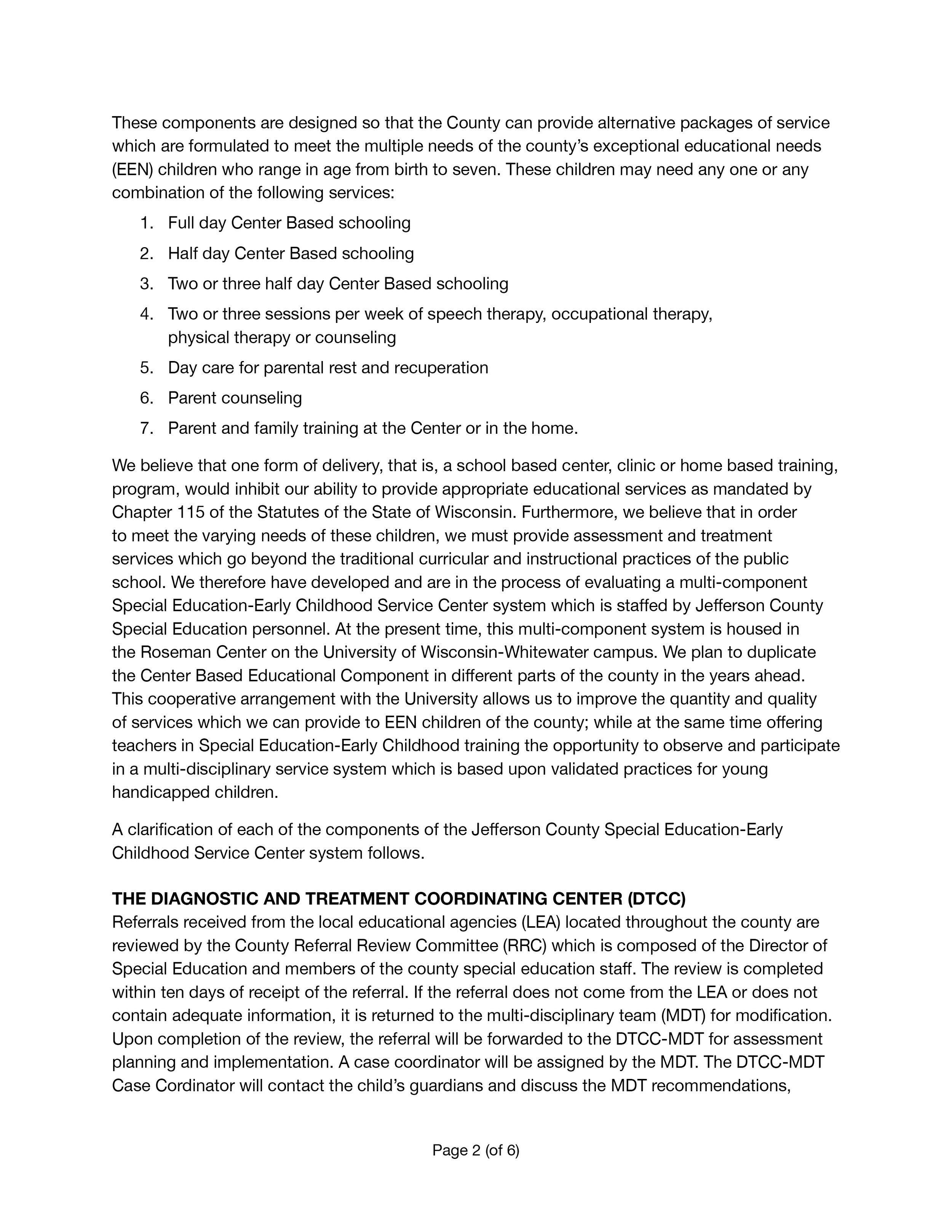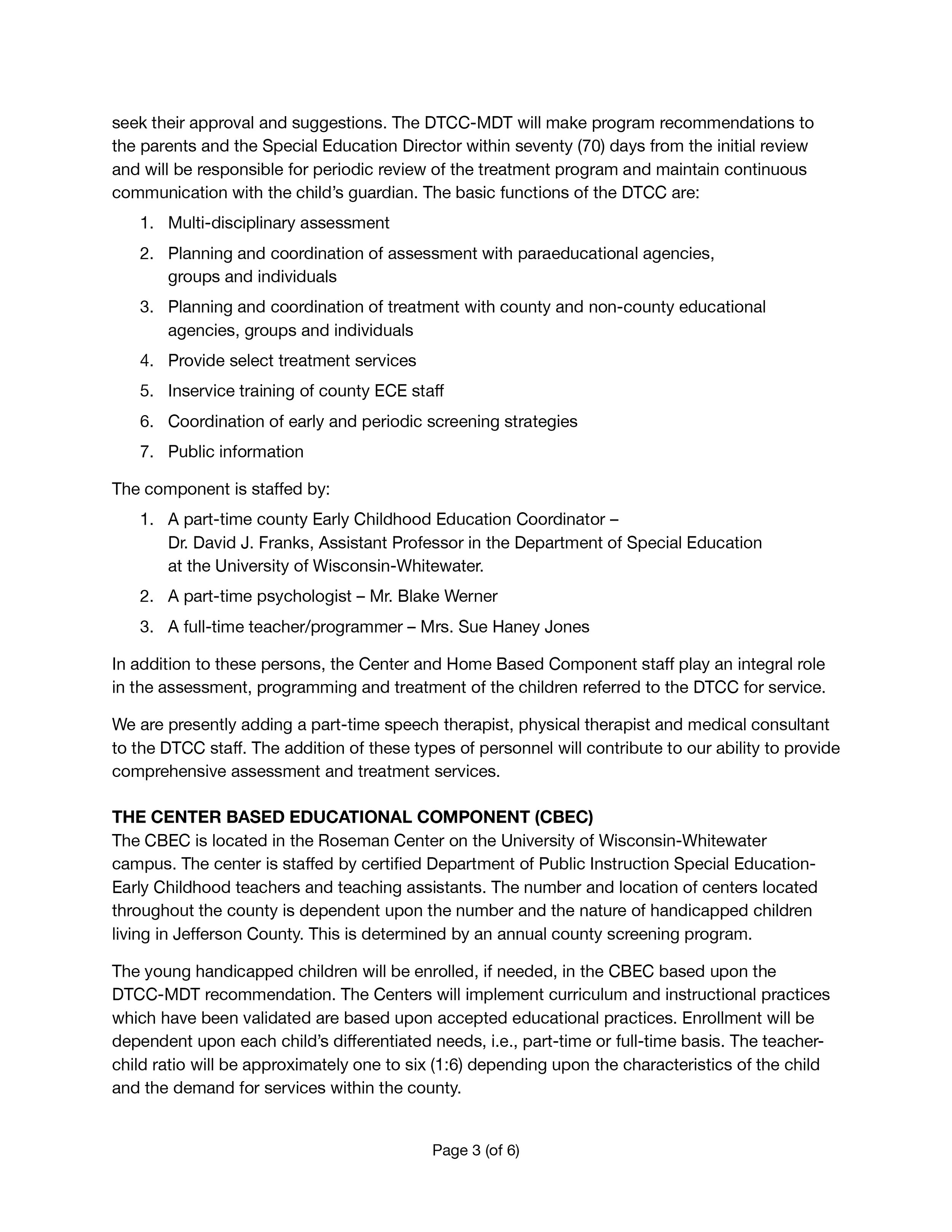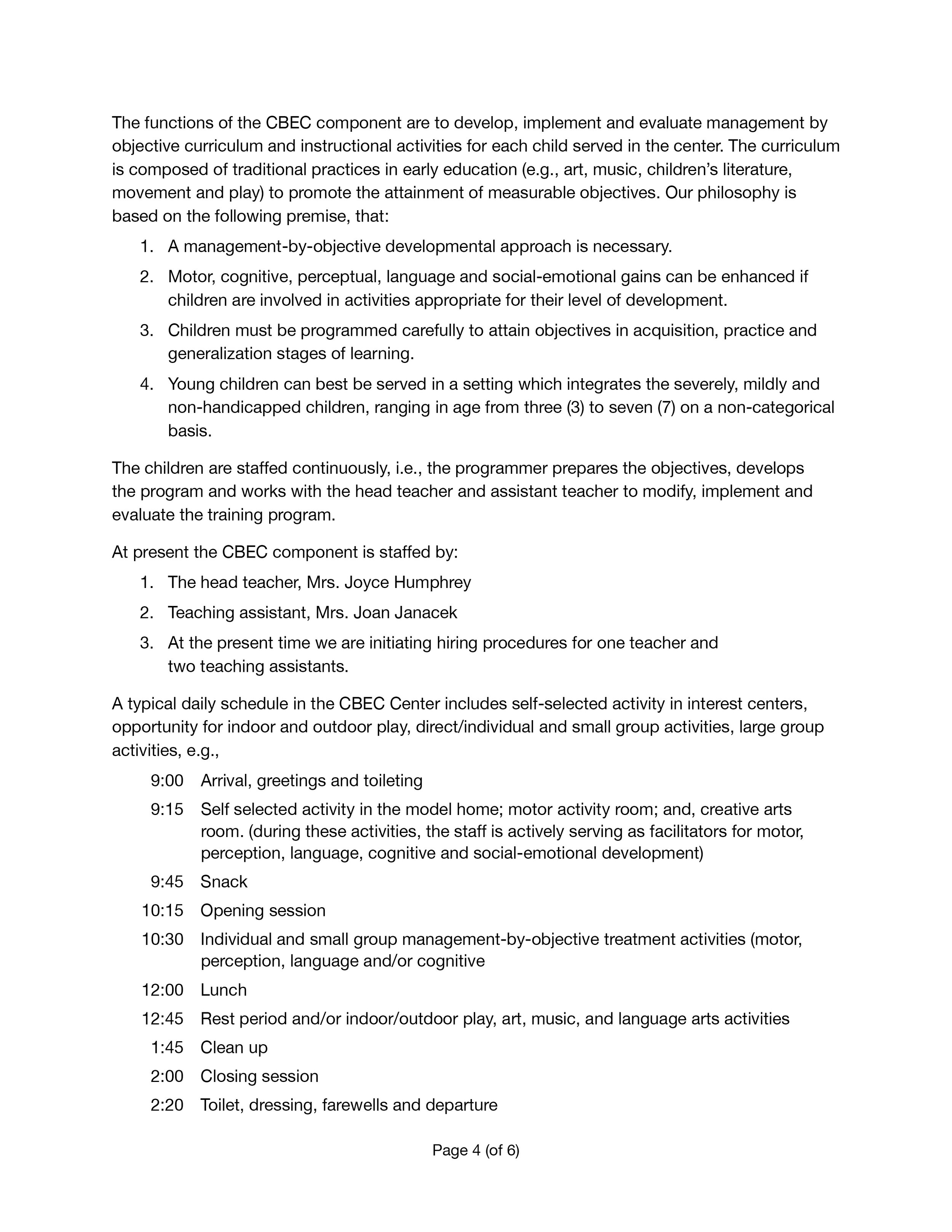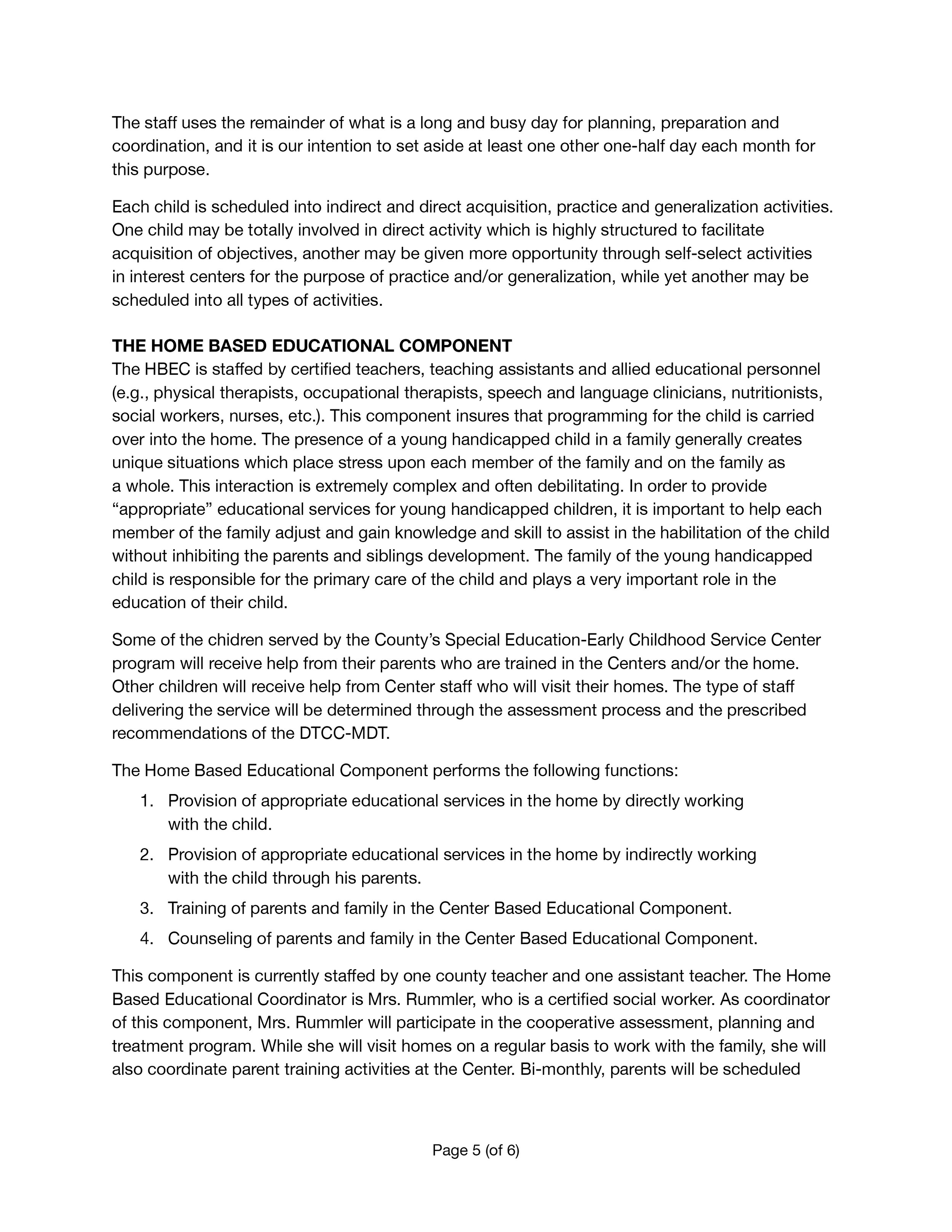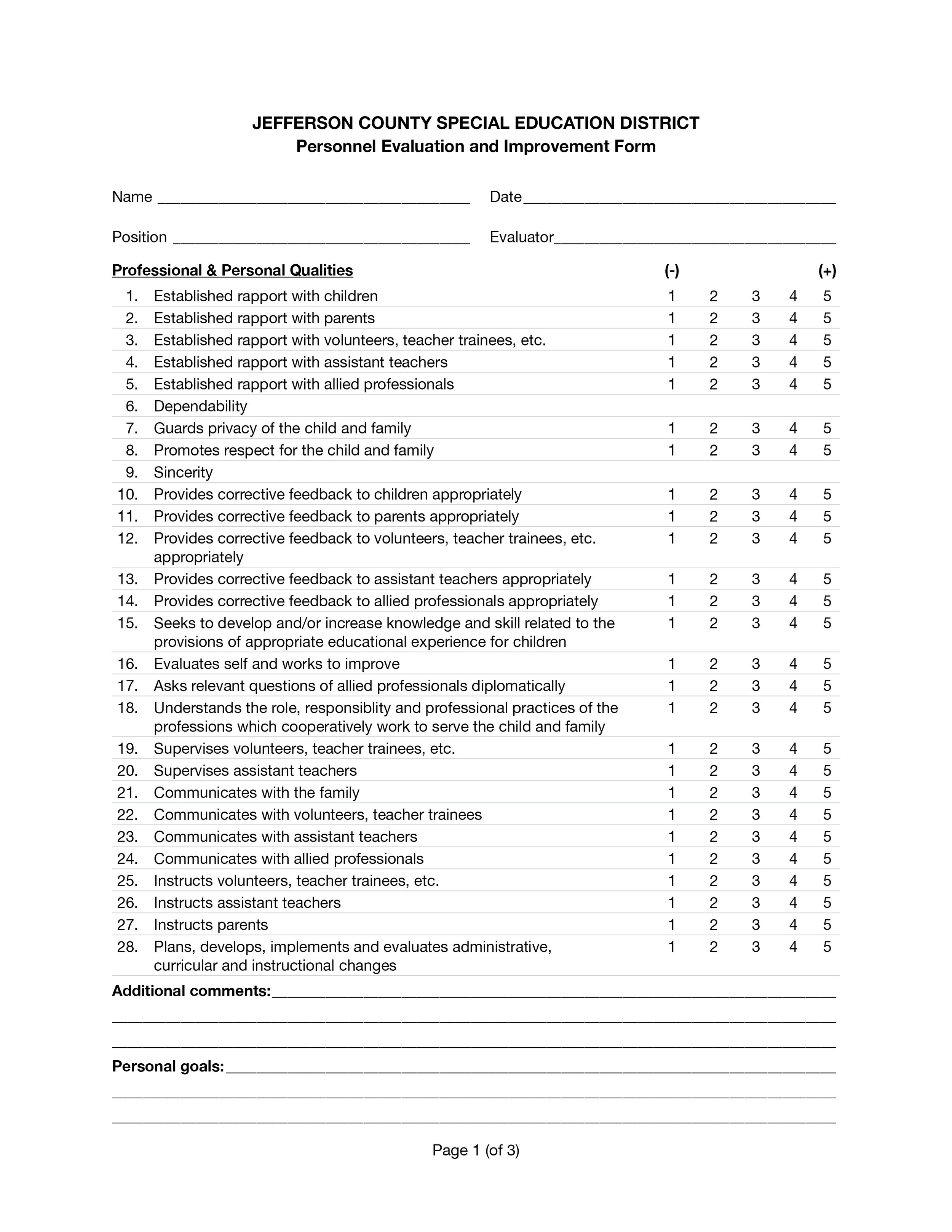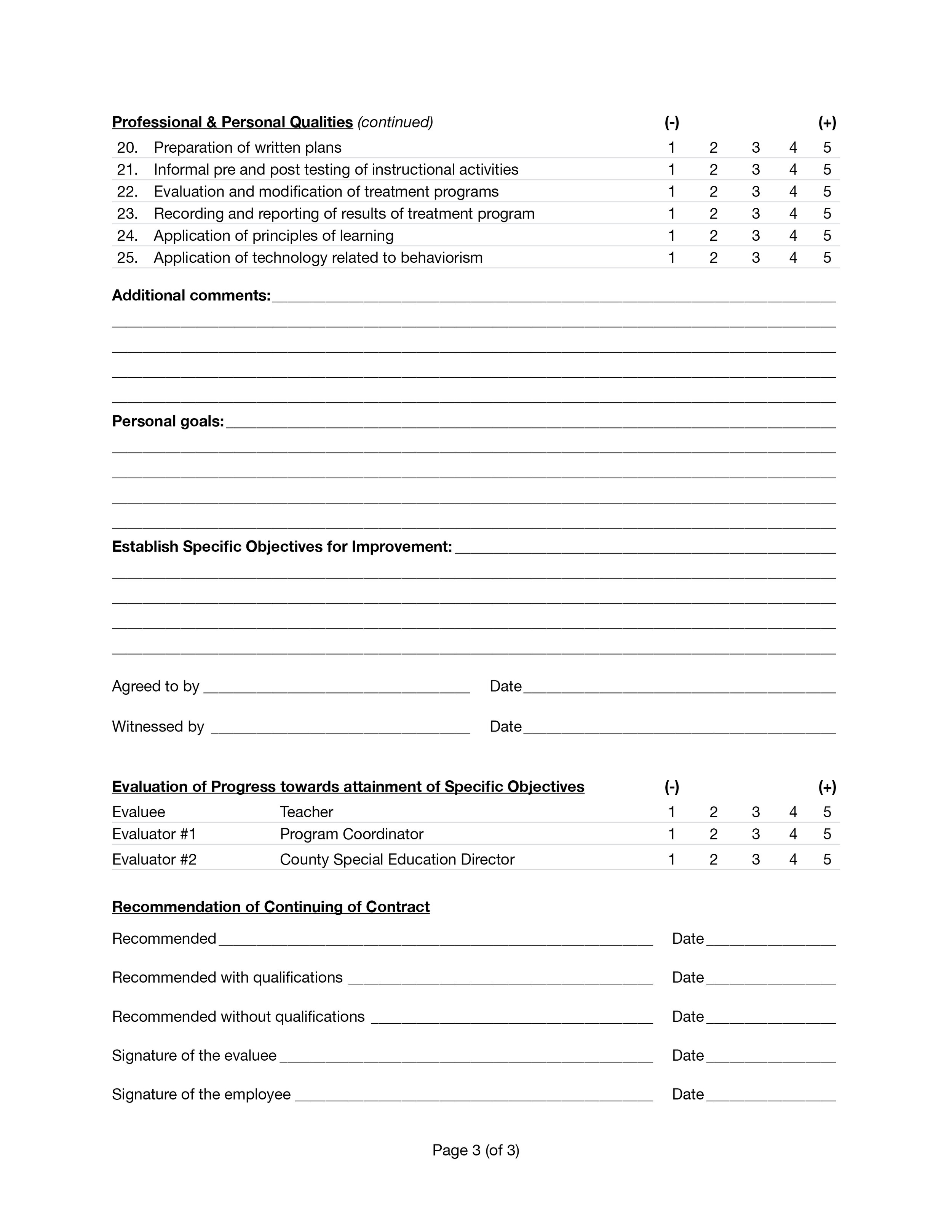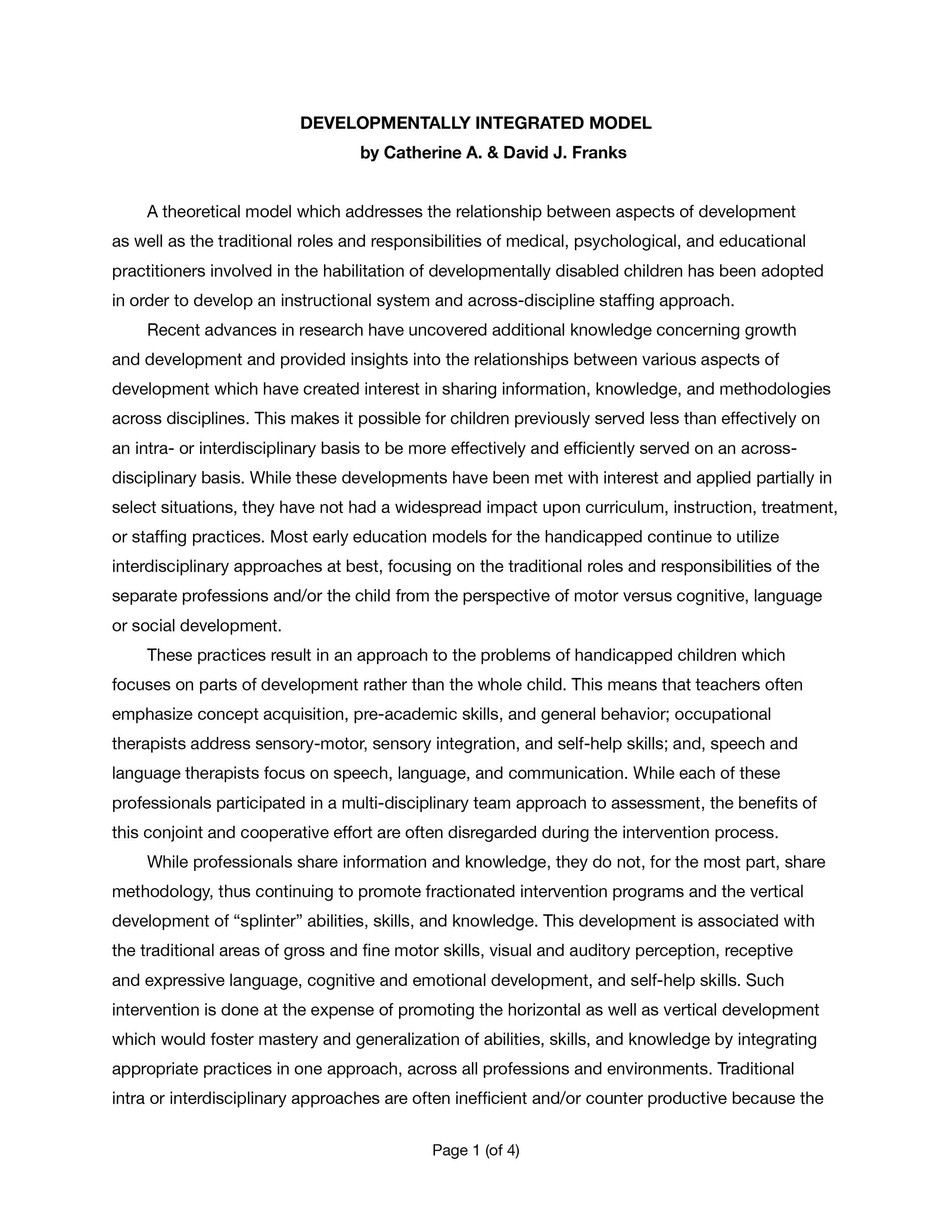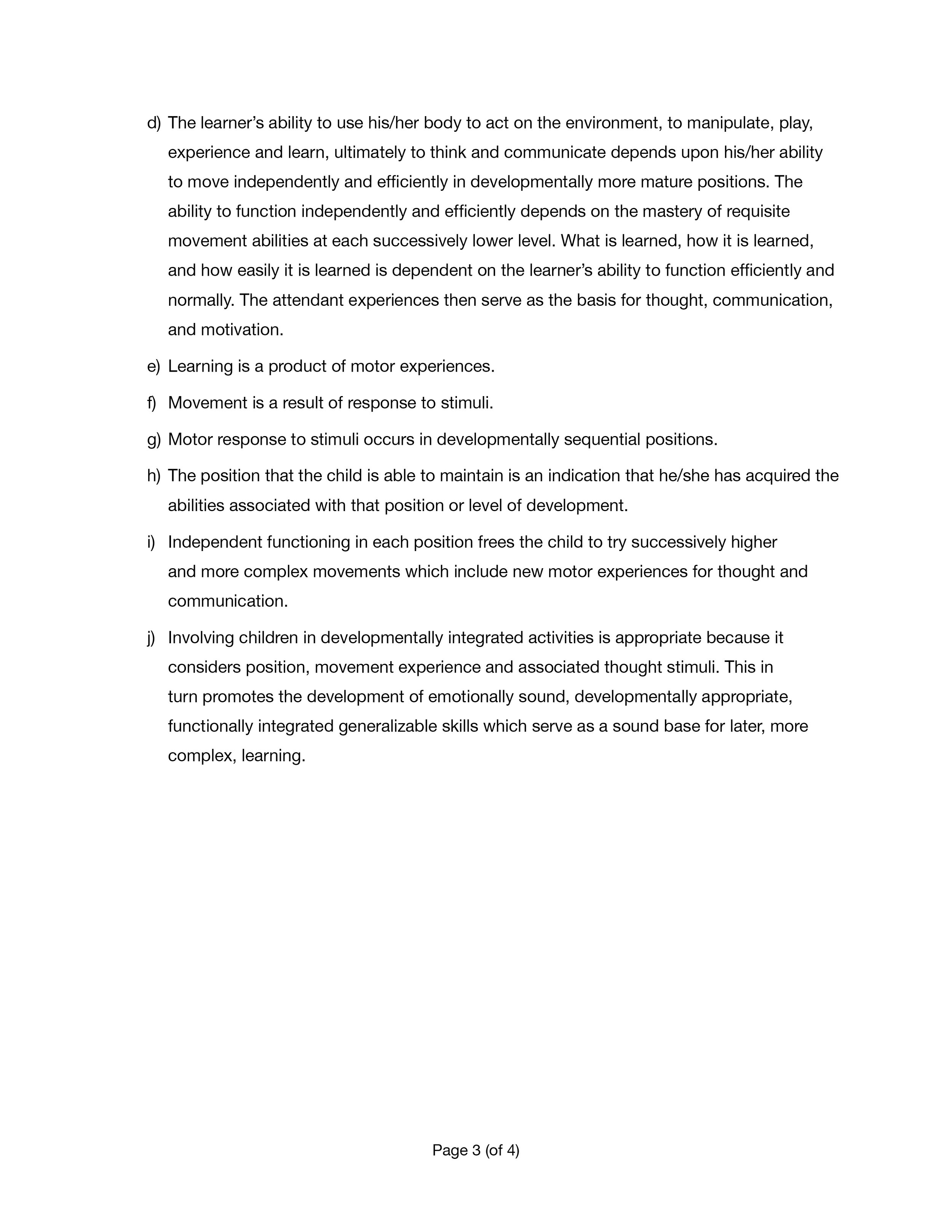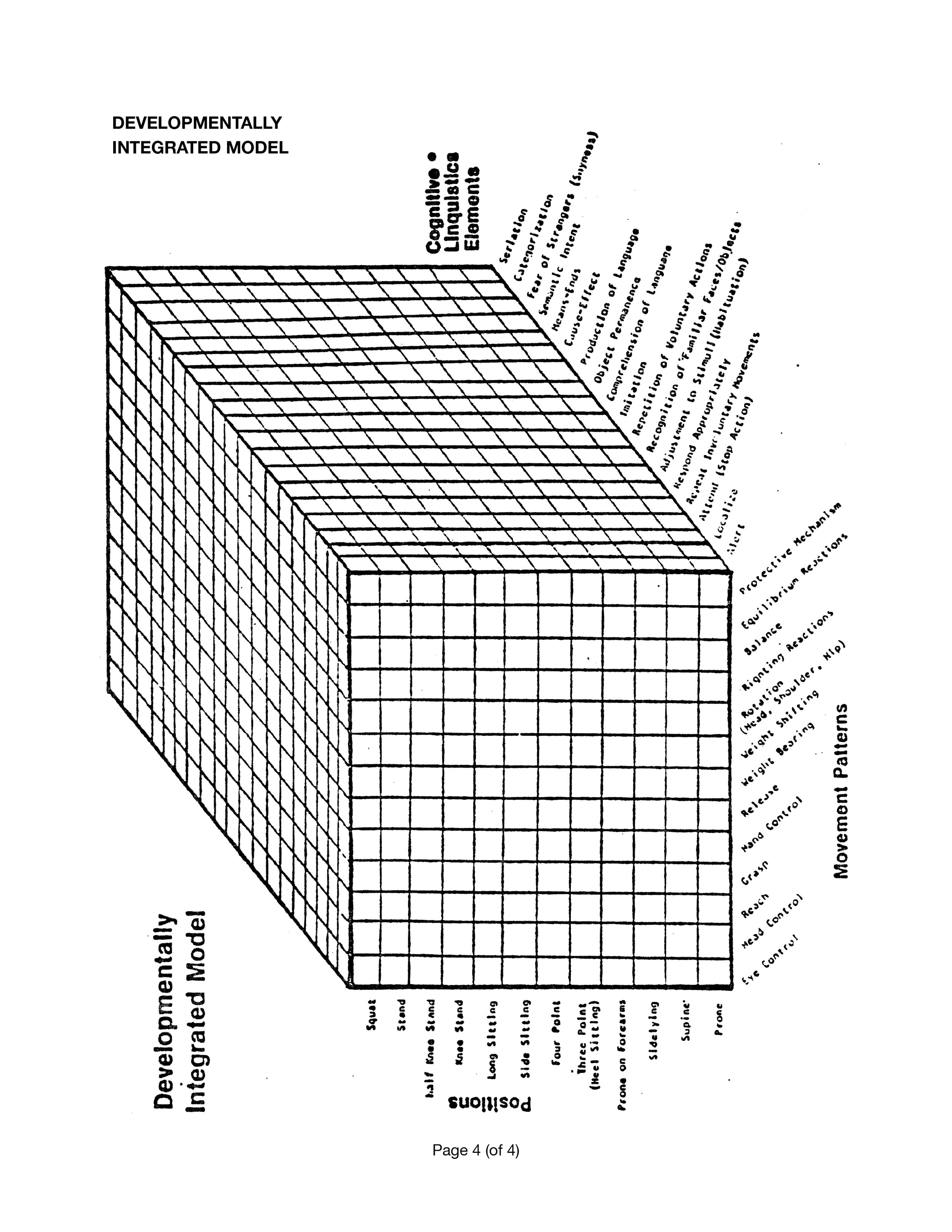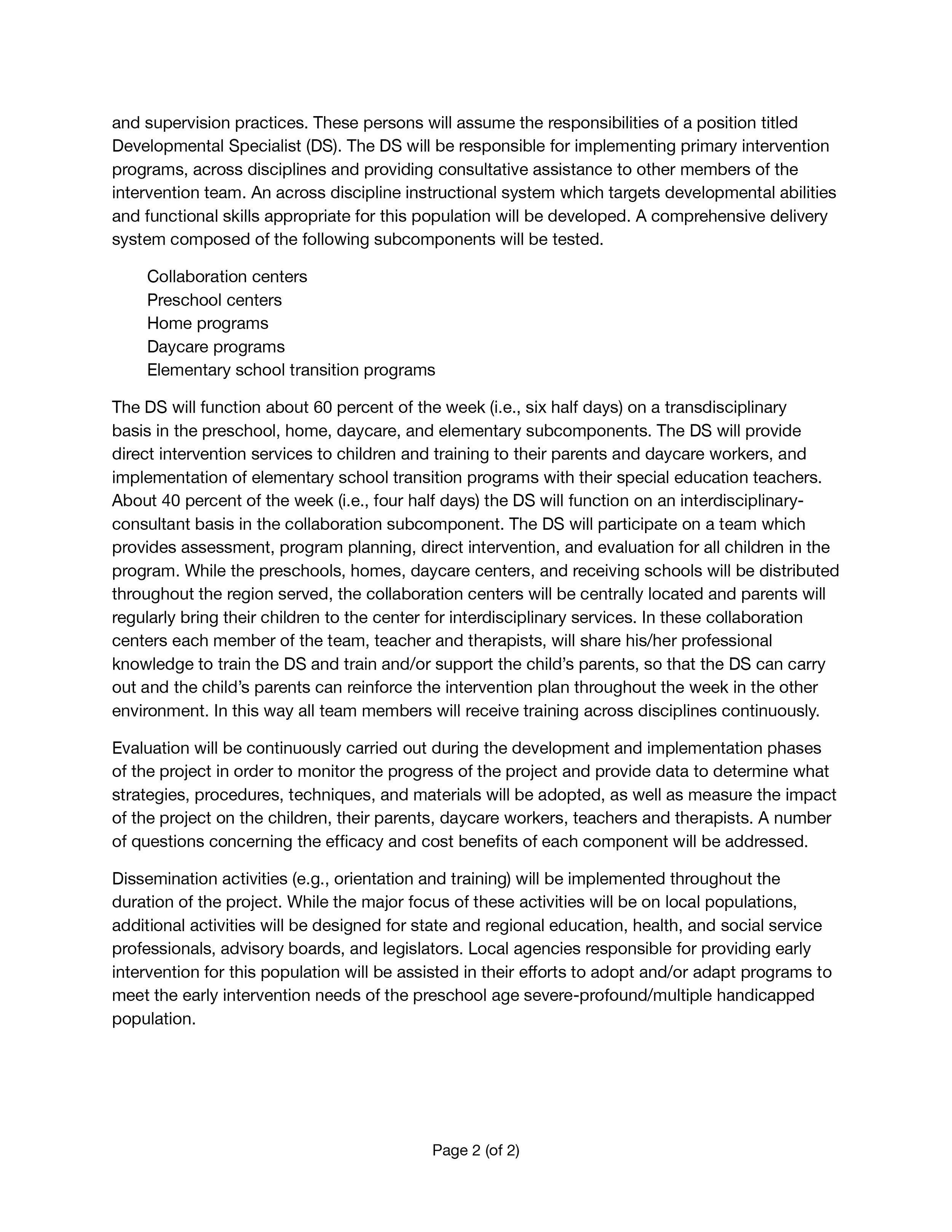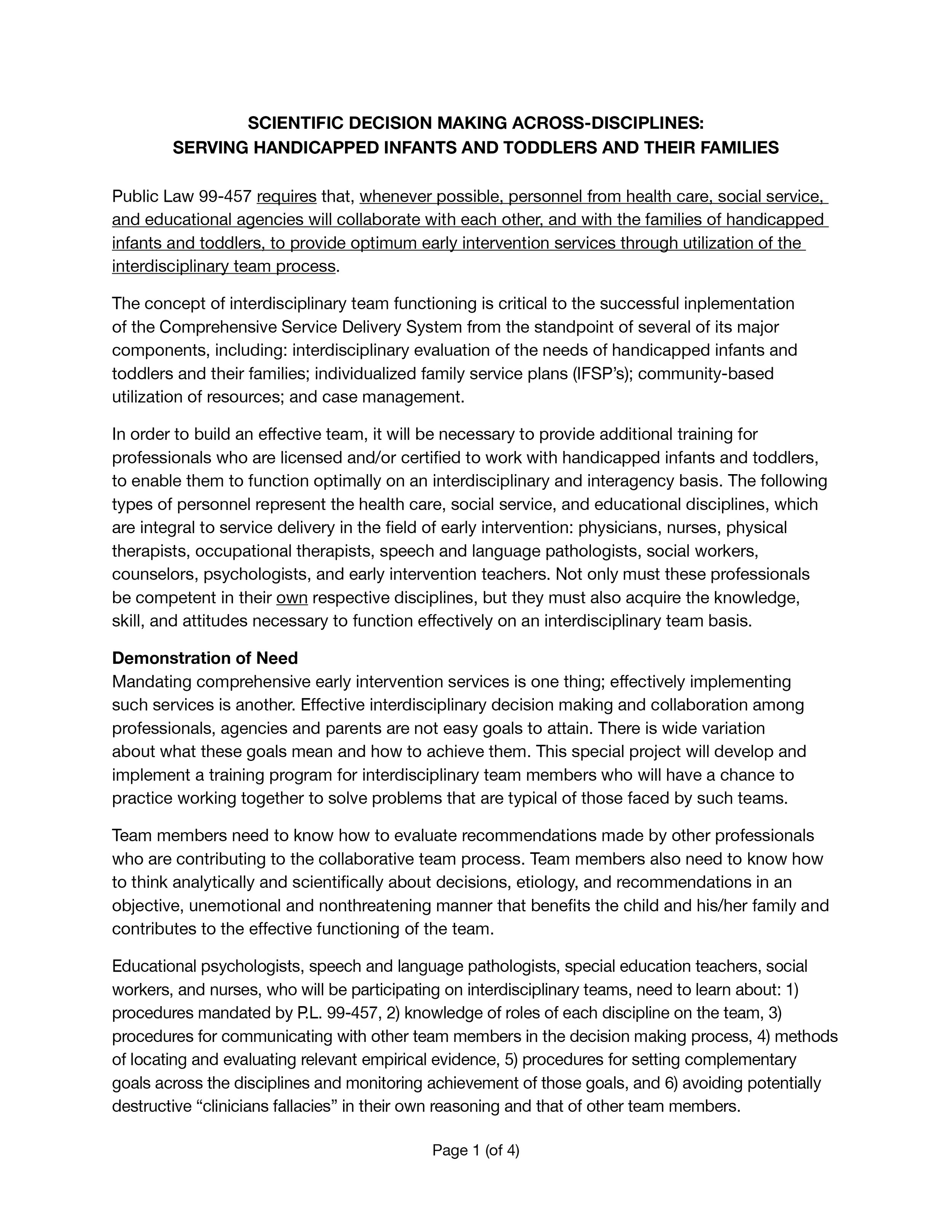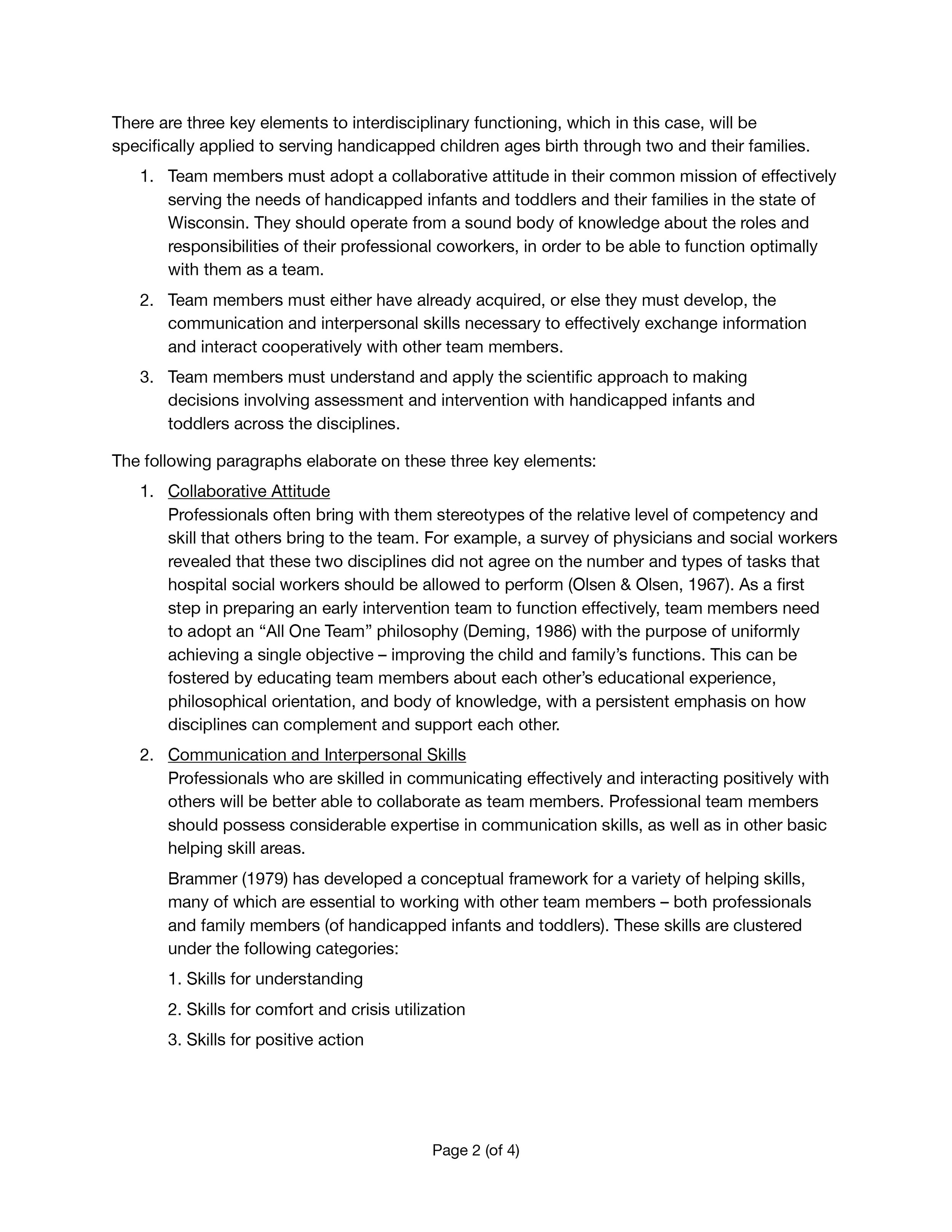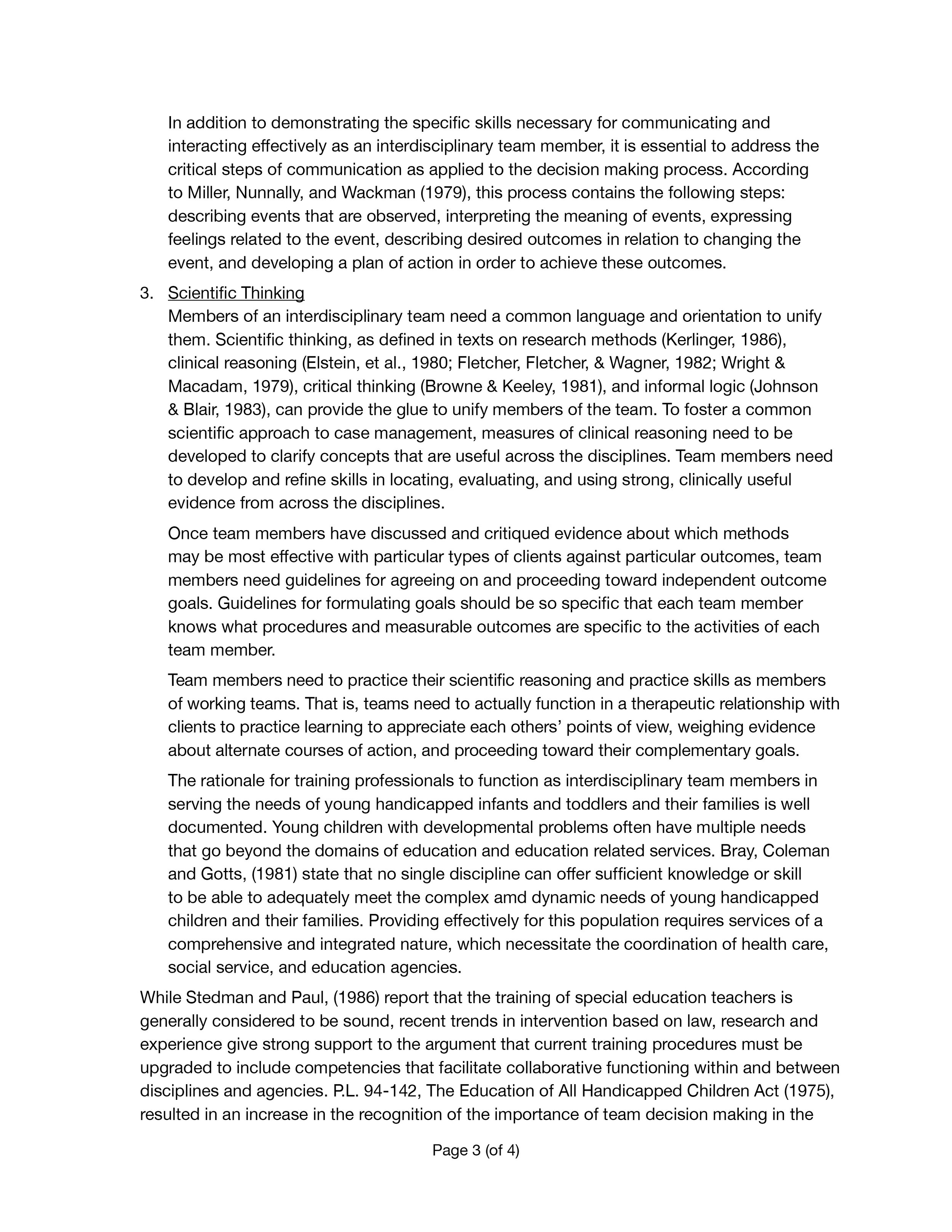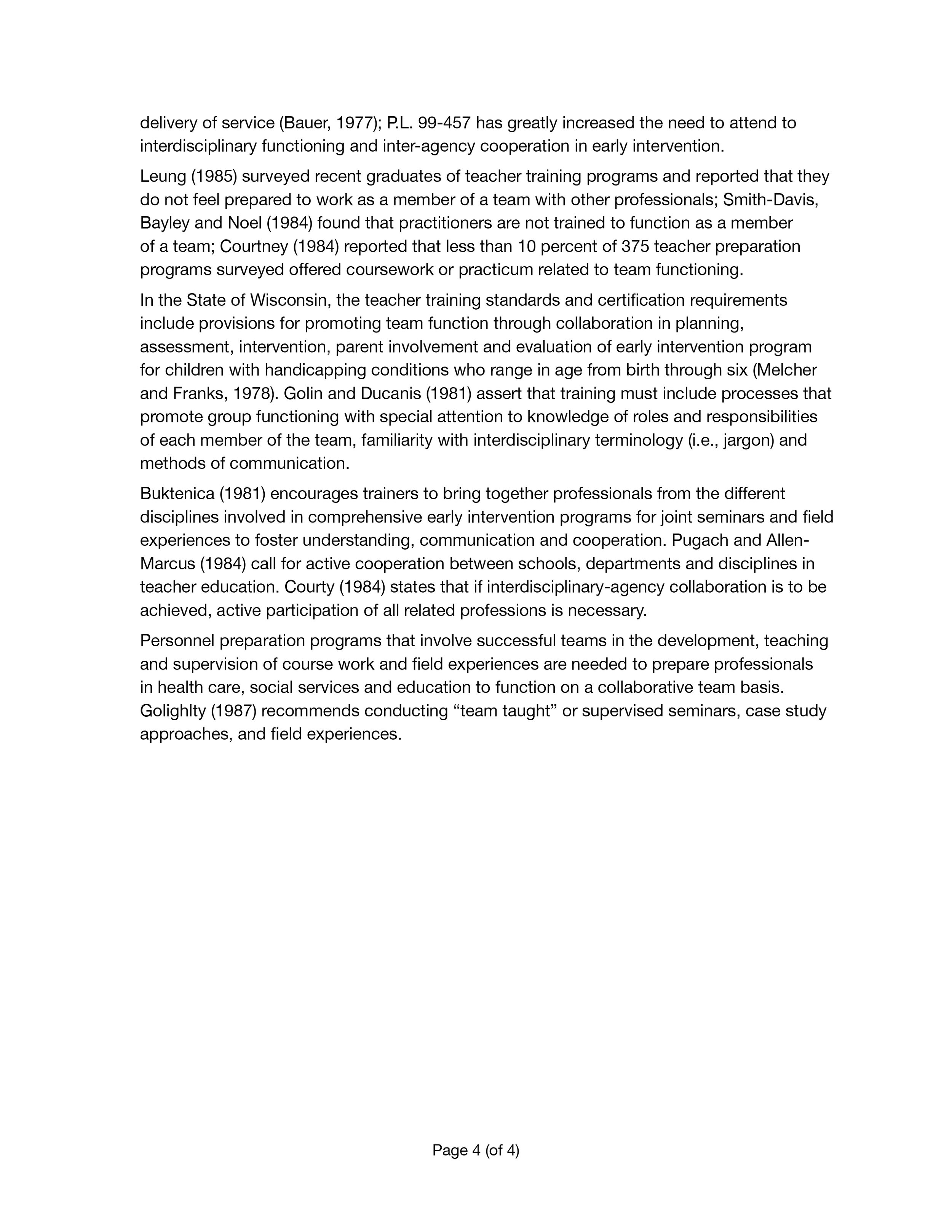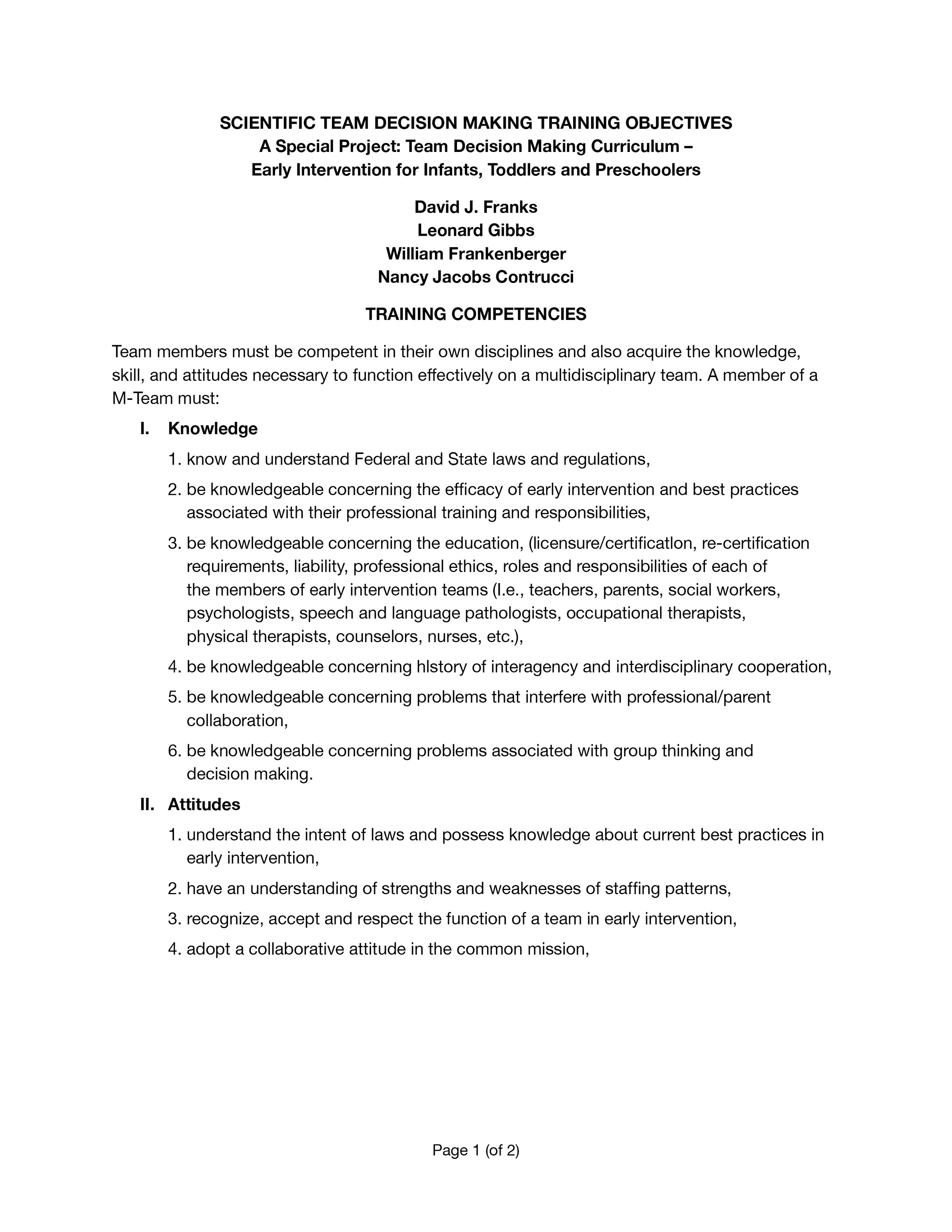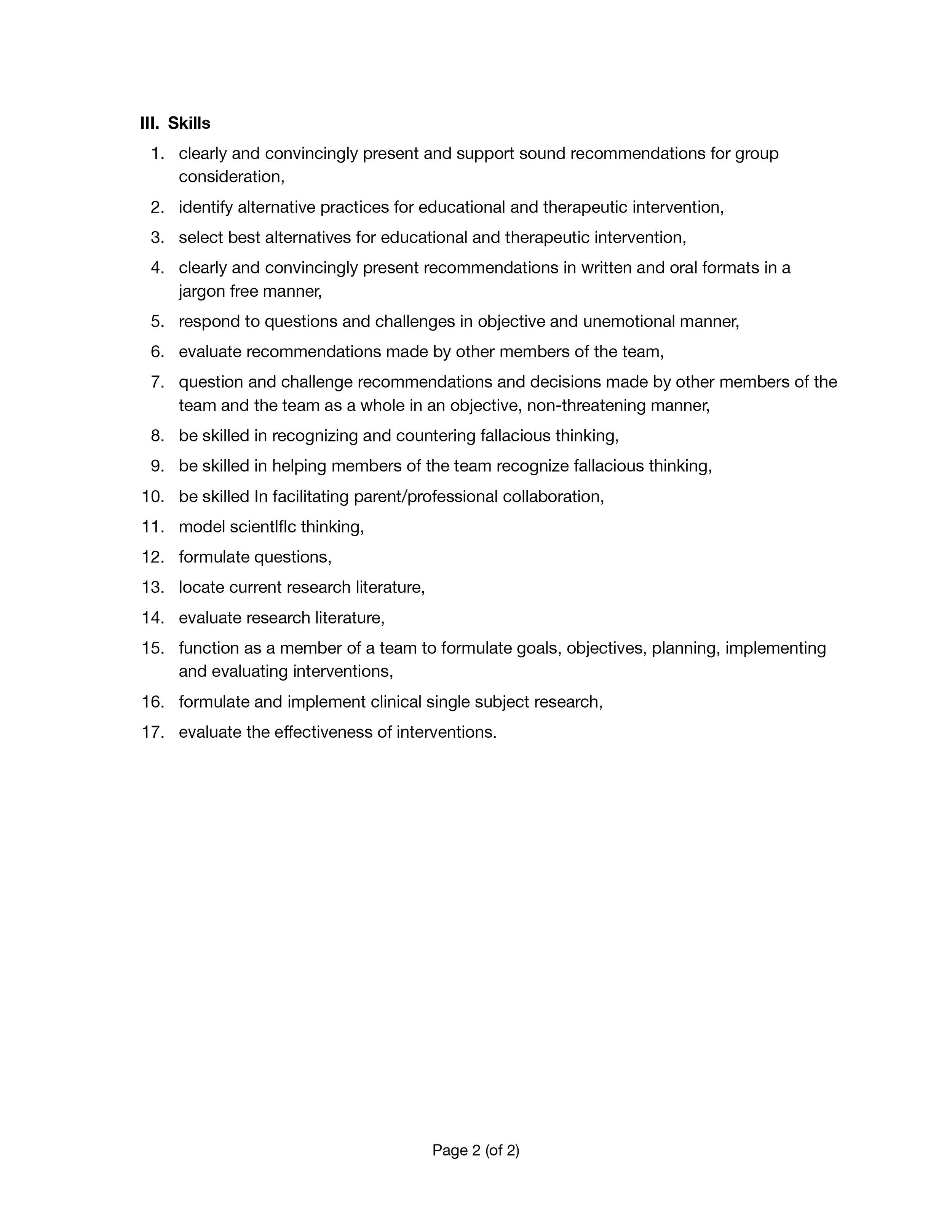My Emerging Interest in ECSE
Behold the Dreamer Cometh: Genesis 37:19
These children were enrolled in an experimental preschool project developed and implemented by Linda Gilkerson, PhD and myself while we were enrolled in graduate studies at the University of Missouri in 1970. This project was made possible with the support of Sarabelle Jackson, Director of the Blinde Boone Child Care Center, Columbia, MO. This photograph was taken by Linda Gilkerson, Ph.D.
I had a long standing interest in skill training. While employed as a speech clinician and later interim director of the St. Paul, MN School District's Diagnostic Learning Center, I met Dr. J.O. Smith at a professional meeting. Dr. Smith was presenting information about research related to the language and communication abilities of children classified as mentally retarded and the popular Peabody Language Development Kits (PLDK) that were being used across the country. I inquired of him about why more practitioners weren't applying the research based knowledge he described in his presentation. He thought for a moment and later invited me to come back to the University with him to address this issue. The decision to go to the University of Missouri-Columbia and a study opportunity with the Social Learning Curriculum Project at the Ferkauf School of Humanities, Yeshiva University in New York City affirmed my interest in teacher preparation (i.e., pre-service, as well as ongoing professional development) and led to the development of the practices described in this website. My hypothesis was that we weren’t applying this knowledge because: teachers weren’t introduced to it as students; they were not encouraged to be inquisitive and search for better practice; and/or failed to develop habits required for continuous improvement.
Teacher Training: A Foundation for Professional Growth
By David J. Franks
This paper was written in 1971 during the time frame associated with my graduate studies in special education at the University of Missouri-Columbia. It was a personal reflection and journal entry. It was not a course assignment.
Jefferson County Early Childhood Special Education, Head Start, and University of Wisconsin-Whitewater Teacher Education Programs
This paper describes a campus based education program for young children that integrated children with disabilities with those at-risk for failure or under achievement in school (i.e., Head Start). This became a laboratory environment to prepare students to teach young children. This was a product of collaborative work between public school teachers, related staff members, students. and faculty in the mid 70's. Much of what is described was achieved. The Center Based element of the services became reality. The Diagnostic Center and Parent Involvement services were works in progress that were hampered by a lack of resources and personnel. Many of the photos on this website are from this lab school training site.
Interesting, Fun and Motivating Things to Do, Talk, and Learn About.
The 4th of July: Birthday (i.e., Birthdays):The little girl holding the baton was wearing shoes with taps on the heels of her shoes to encourage and reward her for putting her heels down before her toes while walking. This is an example of how a physical therapy goal and practice can be addressed during an activity planned and carried out by the teaching staff. The teacher being pulled in the wagon is another example of how a strengthening motor objective could be addressed through creative activities.
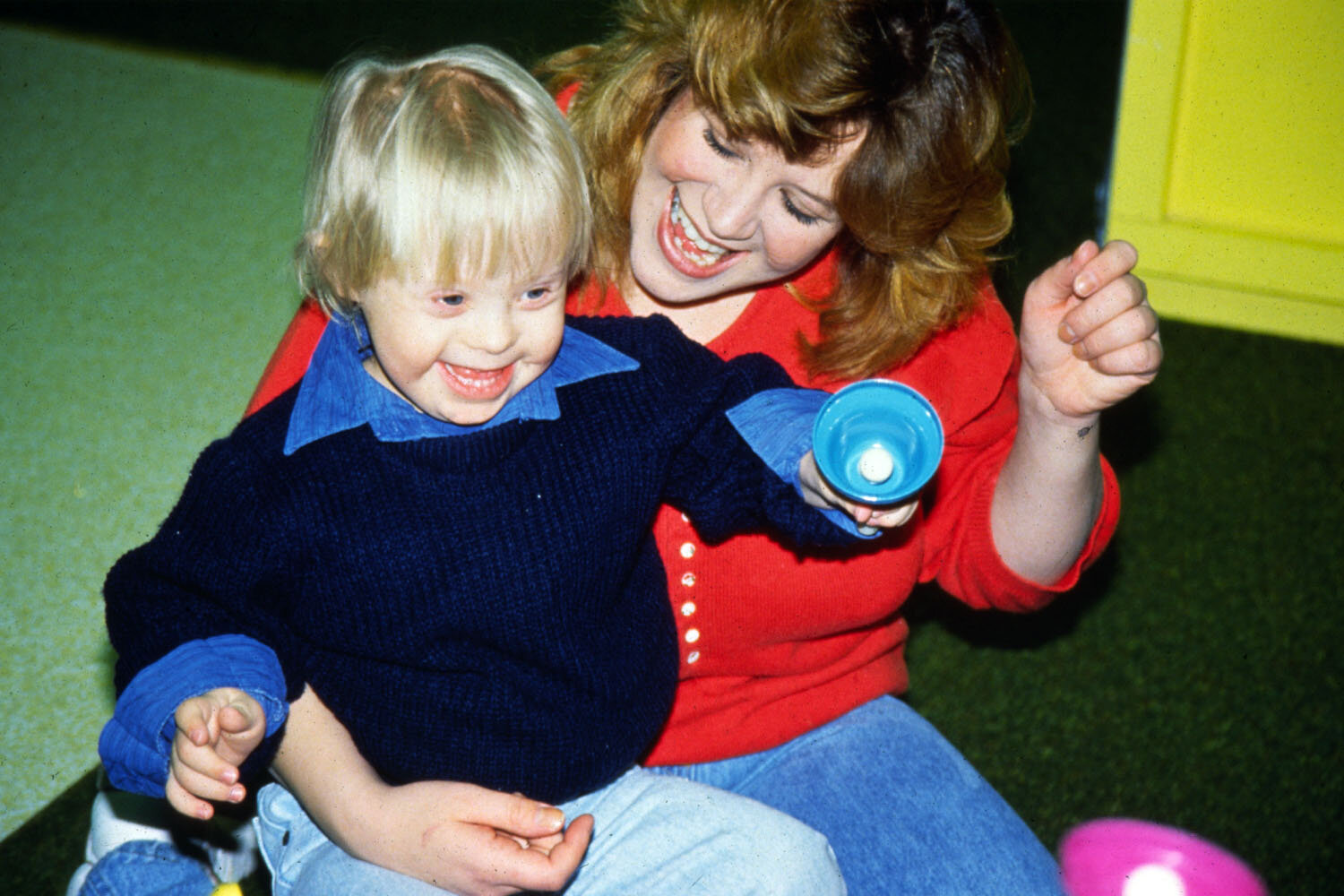

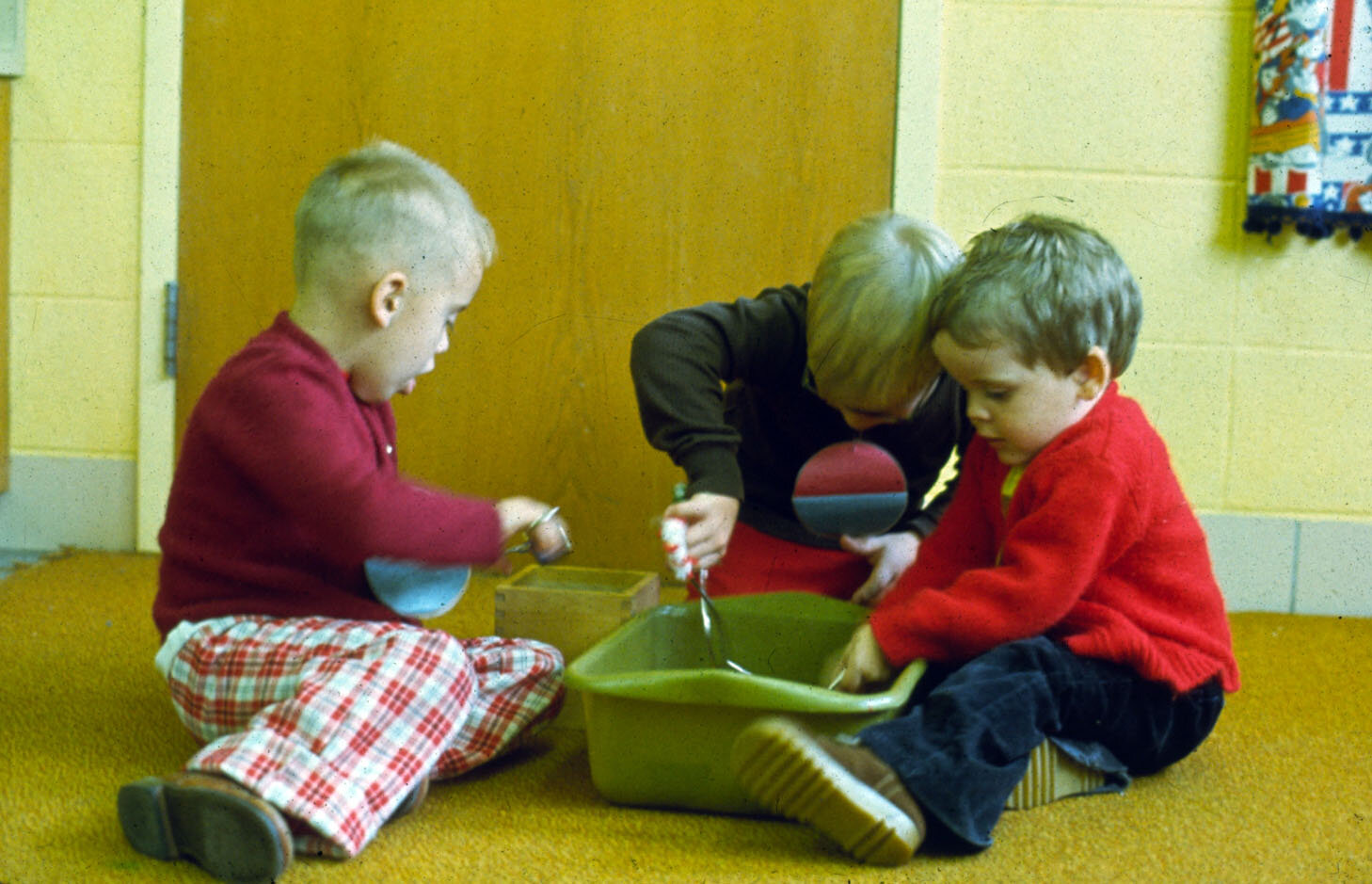
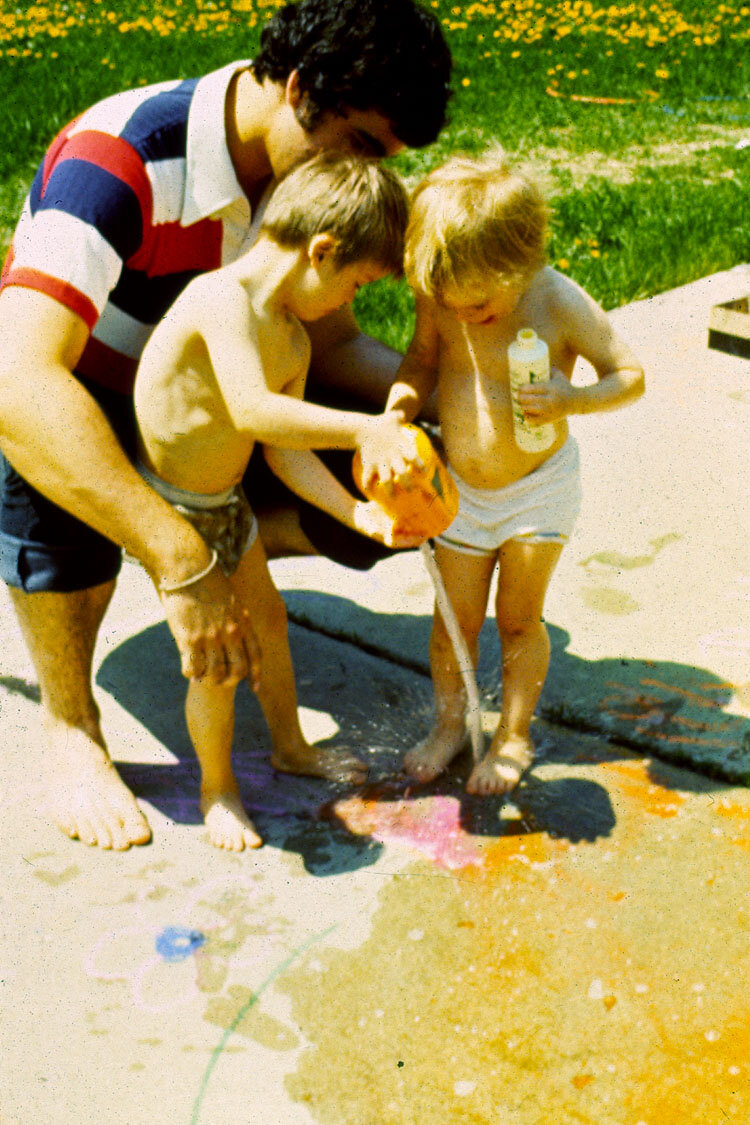
Jefferson County Handicapped Children's Program ECSE Staff Evaluation Plan
This plan was developed to address Head Start evaluation requirements in the 1970's. The process we employed to develop this evaluation procedure involved the teachers, teacher assistants, and therapists that served all of the children enrolled in the County's Handicapped Children's Program (i.e., ECSE and Head Start). I served as the Coordinator of the Jefferson County Handicapped Children's ECSE/Head Start programs on a volunteer basis during my employment as a member of the UW-Whitewater Special Education faculty.
Emergence of Ideas to Promote Multidisciplinary Practices for Children with Moderate to Severe, Single and Multiple Handicapping Conditions – Ages Birth to Eight Years of Age
An Intervention Model
The importance of time on task, direct purposeful interventions, and the dynamic and interdependent nature of development generated interest in how professionals and primary care providers could work together to maximize development. The Developmentally Integrated Model (DIP) emerged to inform practice across disciplines and environments for the very young as well as children with disabilities that were described a multiple, complex or profound and severe.
The Developmentally Integrated Model was proposed as a beginning point to inform assessment and intervention decisions. Development and practice were seen as integrated. Each small shift in development served as the basis for the next intervention or a better platform for providing support and making behavioral outcomes easier and more functional for the child. Parents, teachers, speech and language clinicians, occupational and physical therapists could focus on the development skills of the children and support each other’s work and provide more and better practice opportunities.
Scientific Decision-Making across Disciplines
A Multi-Disciplinary Team Meeting: Planning with Parents
This Scientific Decision Making proposal was initially a product of a collaborative effort between a highly respected faculty member of the University's Social Work Department, Dr. Leonard Gibbs, and my colleague Betsy McDougall and me. While this was a highly rated proposal, it was not funded. It was a proposal that was rated number 4 out of many submitted to the U.S. Office of Special Education and Rehabilitative Services. Only 3 proposals were funded . We were very disappointed but we learned a great deal and built strong interdisciplinary relationships that strengthened our programs. Through the leadership of Dr. Gibbs and our collaborating faculties, we eventually translated practices described in the grant into our programs. A multi-disciplinary scientific decision making course was offered.
In order to teach students to transform scientific research into practice, they were taught to conduct library searches, interpret scientific data, and write papers on various practices in ECSE. The library research paper was a requirement introduced in the first ECSE course and practiced in the assessment and methods courses that followed. Graduate students later learned to use these skills and sound research-based information for thesis research and the development of proposals required in the Organization & Administration course. This skill sequence is an example of the developmental approach informed by the Spiral Curriculum Model (See Curriculum). On occasion, their proposals were used by a local program or agency to build ECSE services in Wisconsin and Minnesota.
Back to the top | Next: Teaching Philosophy >


